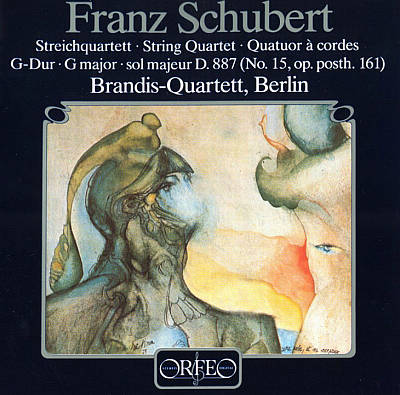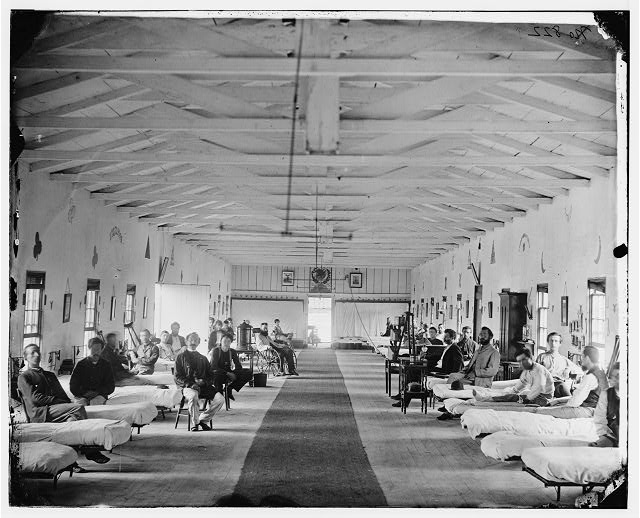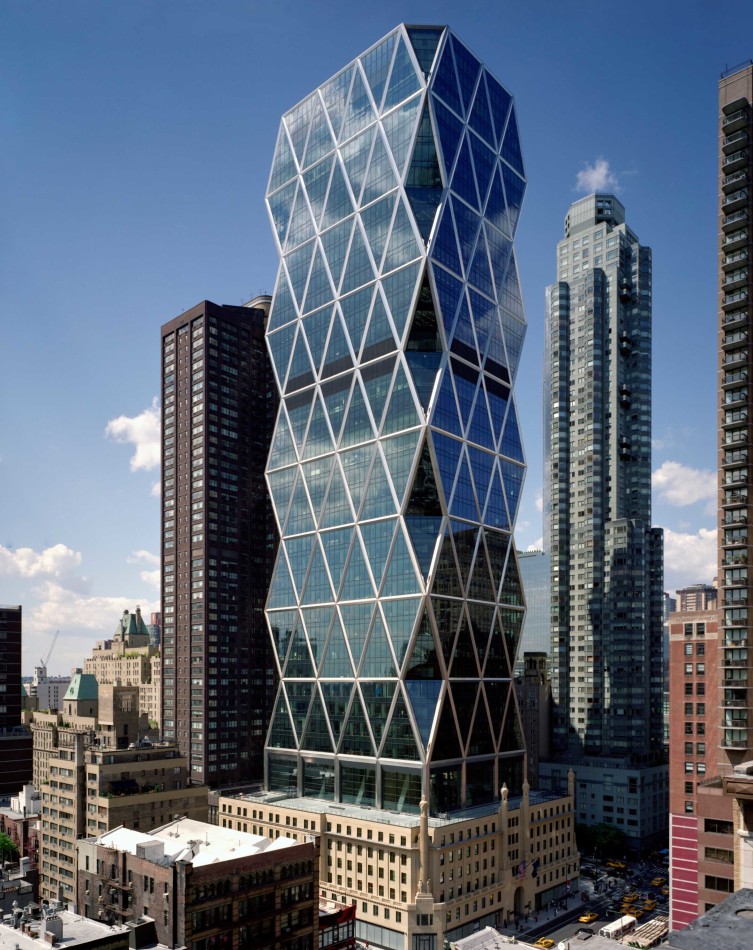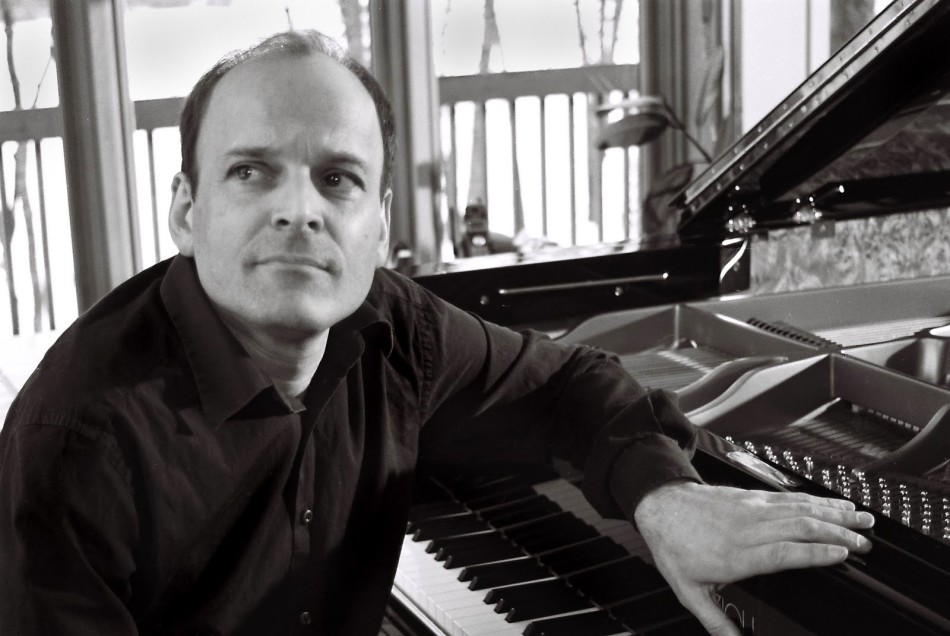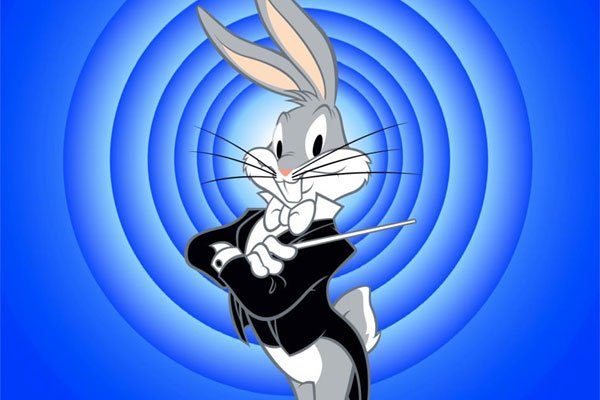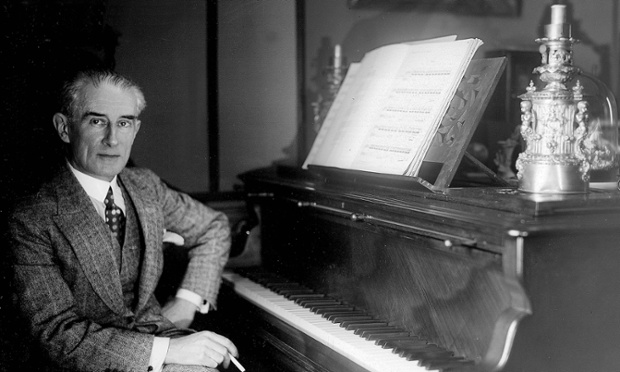Slow down, maybe even close your eyes, and listen attentively to Franz Schubert’s hauntingly transcendent final string quartet, No. 15 in G major, D. 887. It’s one of a handful of pieces written in the final years of Schubert’s life that moves into strange, mysterious new territory. Schubert wrote this music in ten days in June of 1826, but it wasn’t until 1851 that it was published, posthumously.
During the same time, Beethoven was completing his own final work, the String Quartet, Op. 135. Both Beethoven’s final quartets and late Schubert offer a glimpse of profound revelation. But while Beethoven often takes us on a dramatic journey with an ultimate sense of resolution, Schubert’s music can be less goal-oriented and more open-ended. The pianist Paul Lewis offered this description in a 2012 New York Times interview:
Schubert asks the performer to speak softly, Mr. Lewis said, which renders the music more powerful. “If someone shouts at you it’s a shock,” he said. “But if someone gives you awful news in a softly spoken way it’s sinister.” With Beethoven, he said, “there is a sense of rising above or resolution, but with Schubert you end up with more questions, a sense of something hanging in the air.”
Similarly, Mark Steinberg, a violinist in the Brentano Quartet, writes,
[Schubert’s] experience of time can be more painterly than narrative; all is present simultaneously and we need to approach his works with a patience that allows us to grasp his yearning toward acceptance rather than resolution.
In some ways Quartet No. 15 anticipates the gradual, unfolding cosmic grandeur of Bruckner’s symphonies (listen to Bruckner’s Seventh for a comparison), music which has been compared to walking around a cathedral and viewing the same structure from an ever-changing perspective. In the hushed intensity of the quartet’s otherworldly tremolos, we hear echoes of Bruckner symphonies to come. As with Bruckner, Schubert’s quartet is built on key relationships and a restless sense of modulation (listen to the first movement’s second theme at 2:16 and the final movement). From the unsettled opening of the first movement, and throughout the piece, we hear the music alternate between major and minor, as if it can’t make up its mind where to go next. It isn’t until the first movement’s coda (14:17) that we feel firmly grounded in G major. Unlike most of Schubert’s music, which is almost always rooted in song, this quartet is strangely motivic.
A few details in the music to listen for: In the first movement notice the way the canonic overlapping voices are paired against each other, beginning around 1:23. This conversational overlap powerfully returns as a musical exclamation point in the final bars of the movement. You may notice a sense of instability and conflict increasing throughout the development section. Keep listening, and you’ll hear this tension explode in one shockingly dissonant chord (8:55) which says, “Go no further.” With the recapitulation, we return to the music of the opening, but as Mark Steinberg points out, everything feels different:
The recapitulation, or return to the opening material, in the first movement is extraordinary in that the sense of return is strong and unmistakable and yet nothing is the same. The startling dynamic contrasts are gone, the jagged rhythms are smoothed out. Instead of shuddering tremolos we have rolling triplets that seem gently to console. And yet, with all of this contrast, the sense is not that there were conflicts that have been resolved but rather that what we are hearing was there all along had we chosen to understand it in that way; we should have no expectation that the more difficult opening idea has been banished but only that we see how to admit it into our experience without being completely overwhelmed.
In the second movement we hear strangely terrifying shrieks (beginning at 18:17) which remain insistent and unchanging as the music around them changes. It may be the darkest, most frightening moment in all of Schubert’s music, and it’s left hanging and unresolved. Throughout the movement, we continue to return to an almost expressionless, static, canonic conversation between the violin and cello (20:28).
The third movement’s trio section (29:29) takes us to a world far from the terror of the second movement. The music lingers there, as if it doesn’t want to leave, even to return to the sparkling magic of the scherzo.
The final movement keeps us off balance with one surprise after another, from sudden key changes to rhythmic shifts. Notice the quirky contrapuntal activity beginning at 34:55. For some reason, this passage reminds me of the ironic comedy of Mahler’s music. In the music that follows we hear almost comic references to opera (35:22). The buoyant cello pizzicati in the final bars brings the whirlwind activity and humor of the movement to a fitting close.
Here is the Brandis Quartet’s 1997 recording:
[ordered_list style=”decimal”]
- Allegro molto moderato –0:00
- Andante un poco moto –14:50
- Scherzo, allegro vivace –26:30
- Allegro assai –33:25
[/ordered_list]
https://www.youtube.com/watch?v=t0w9QhJePF4
[unordered_list style=”tick”]
- Find this recording on iTunes
- Find this recording at Amazon
- Hear the Amadeus String Quartet’s 1951 performance.
[/unordered_list]
Postscript
Now that you’ve heard String Quartet No. 15, take a moment and review two other late Schubert pieces, the monumental Ninth Symphony and the String Quintet, completed two months before the composer’s death. If you feel inspired, please share your thoughts on the music in the discussion thread below.

